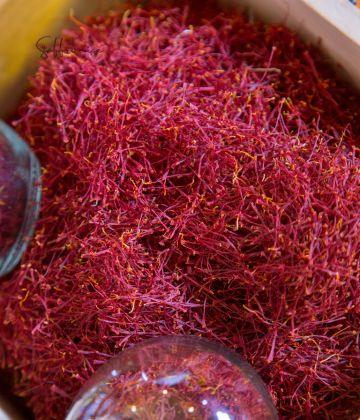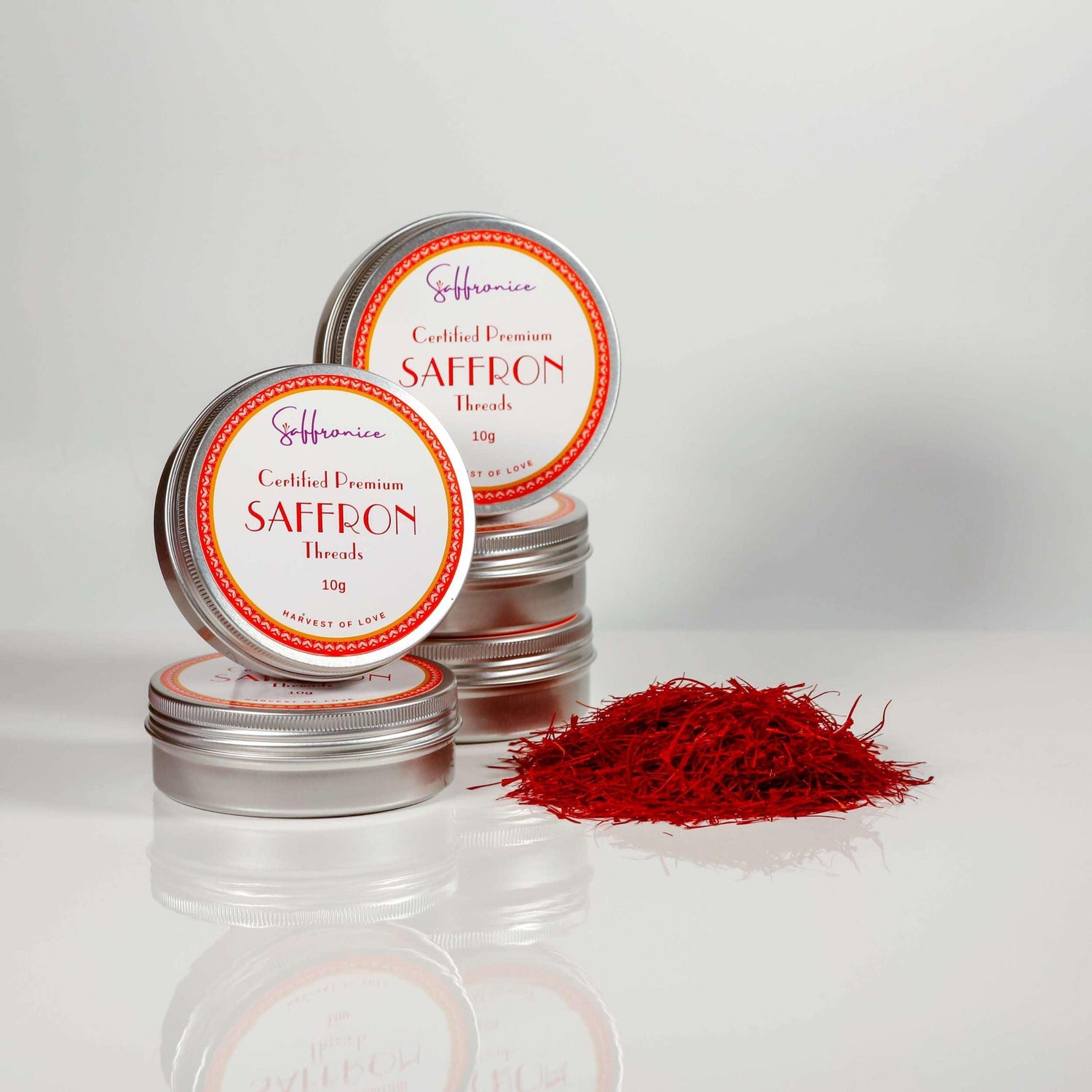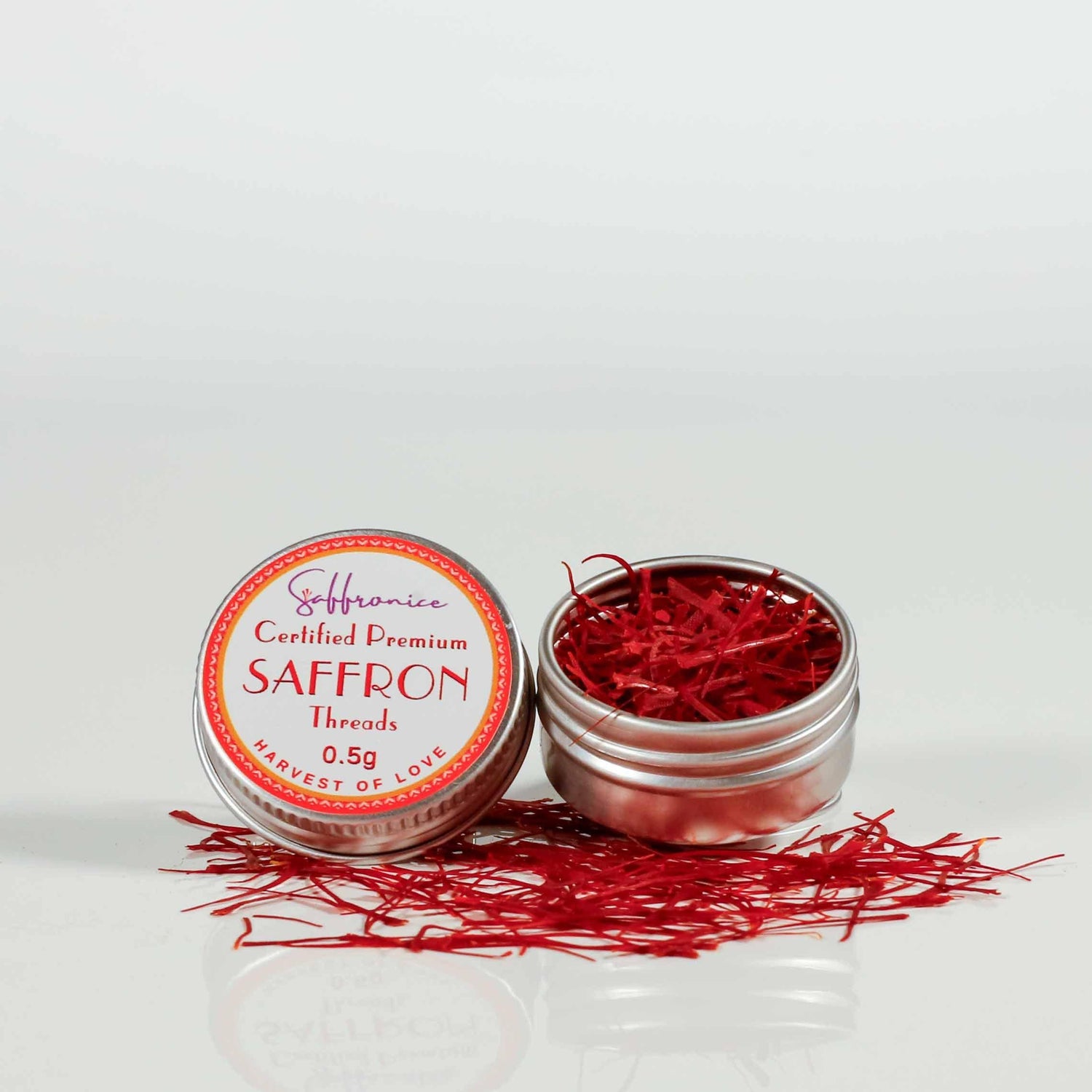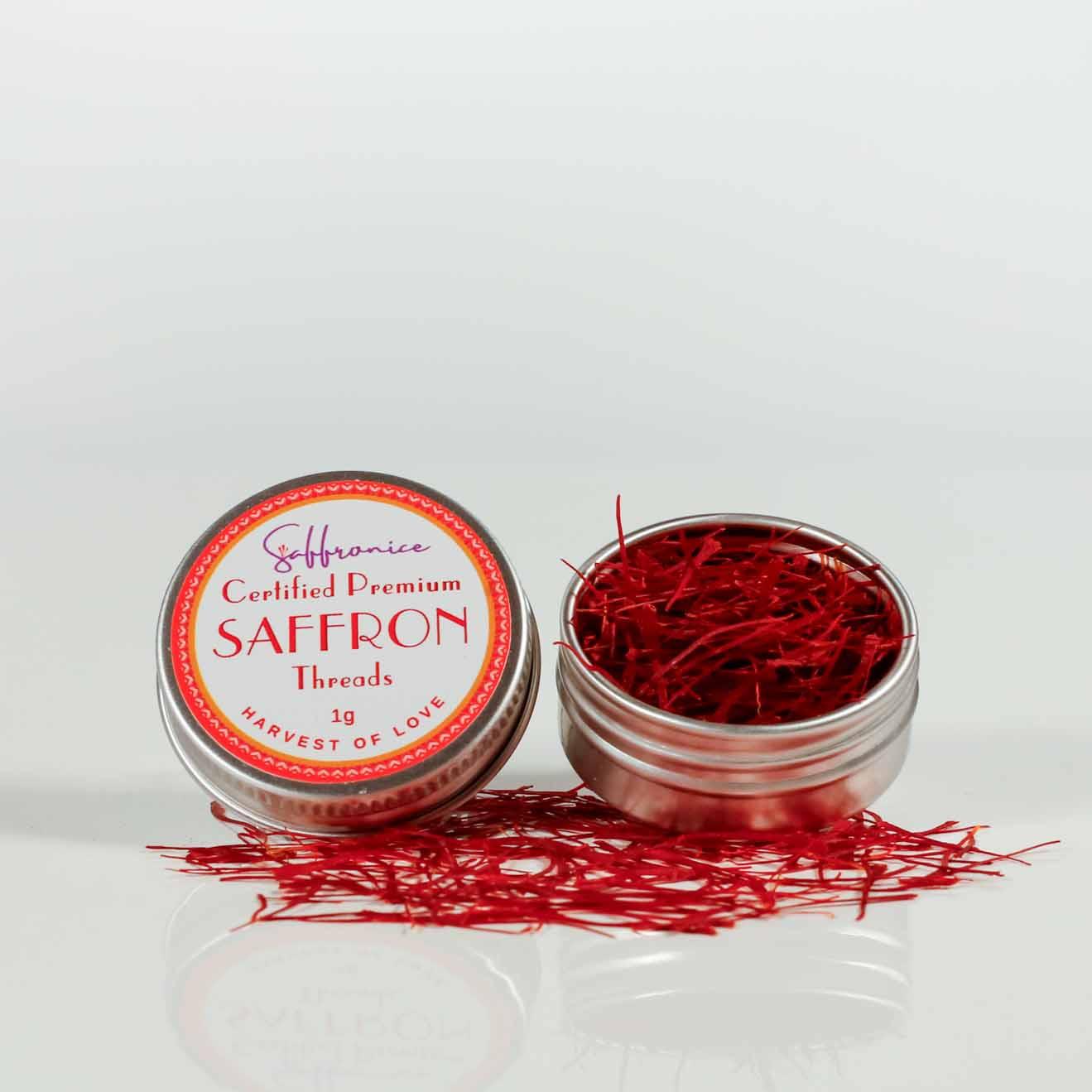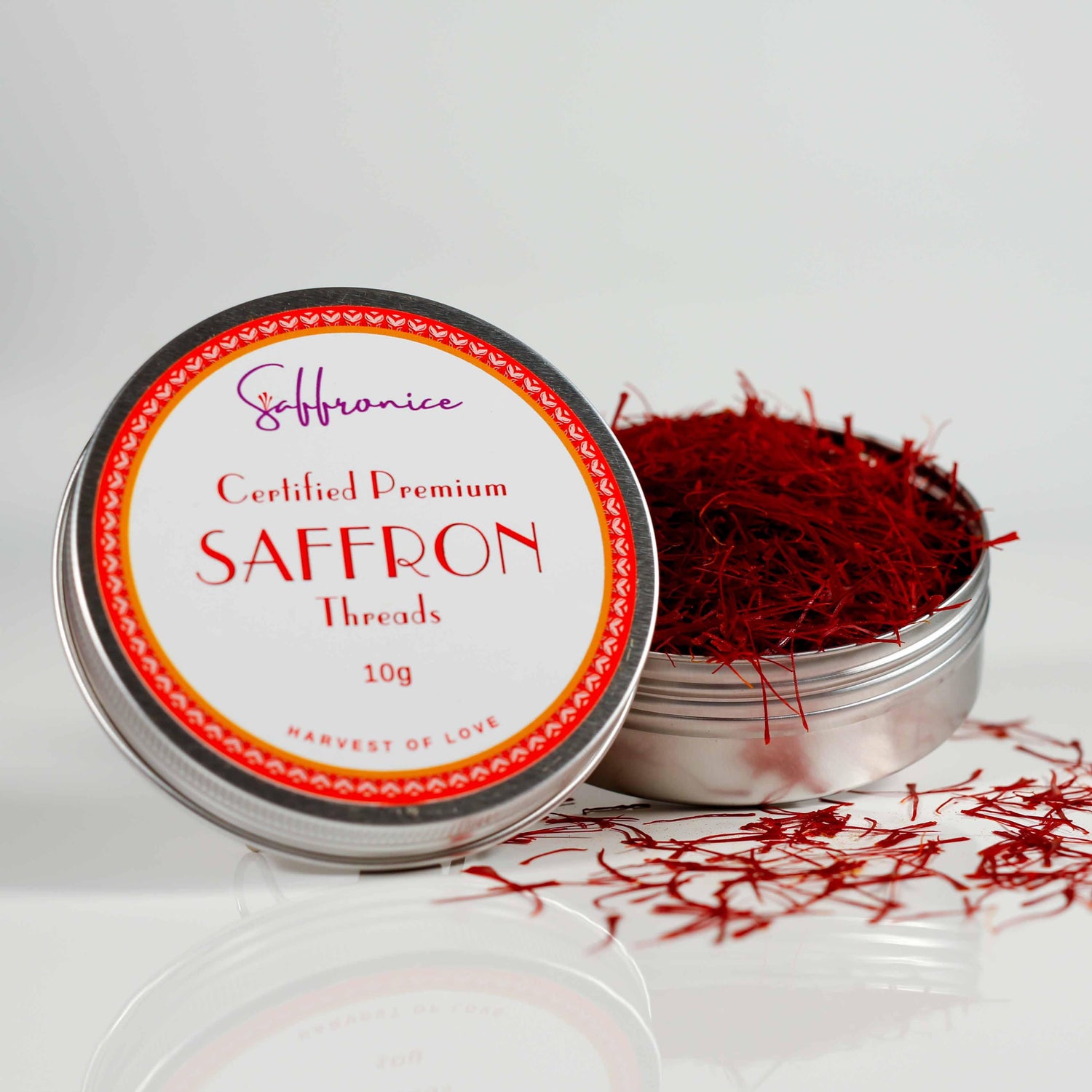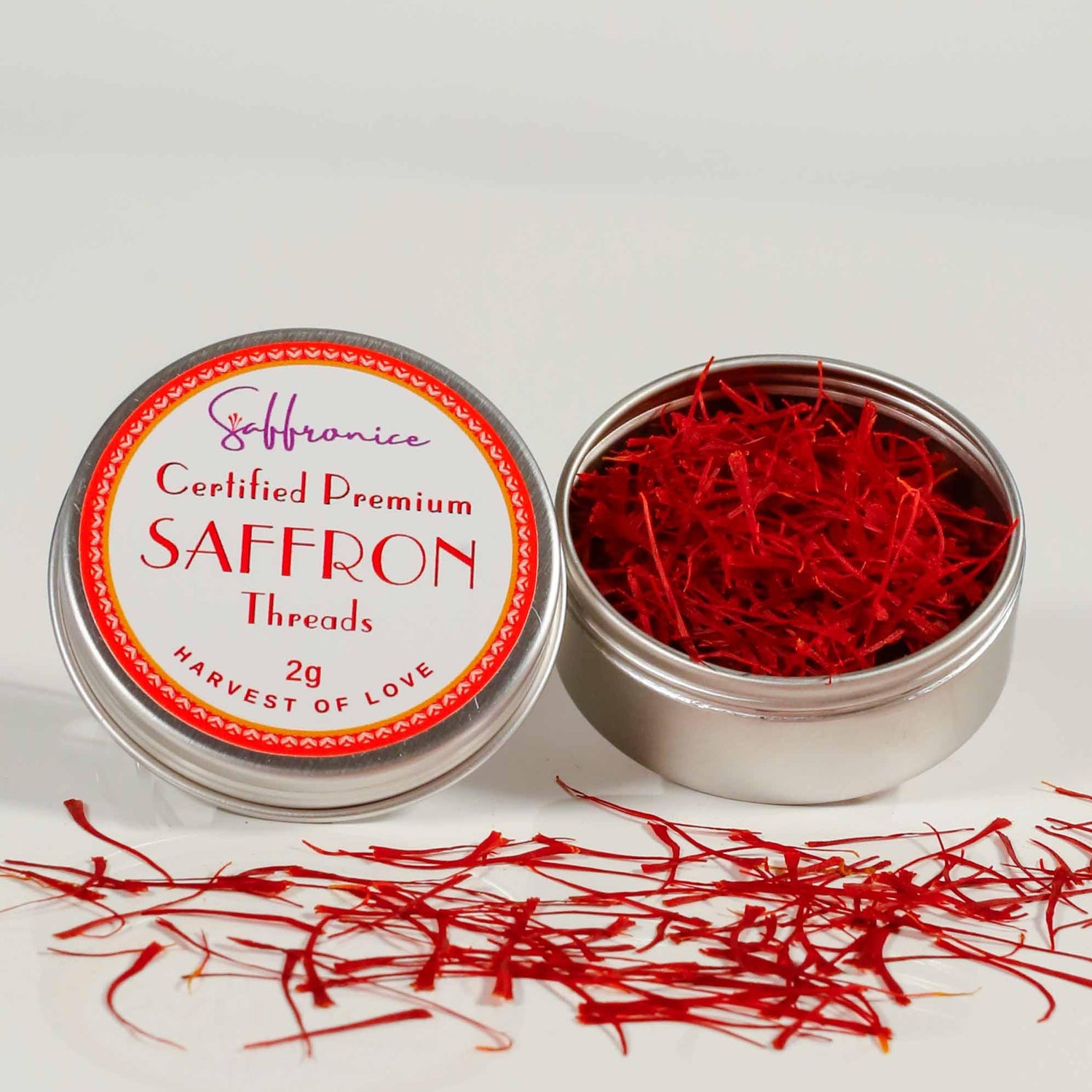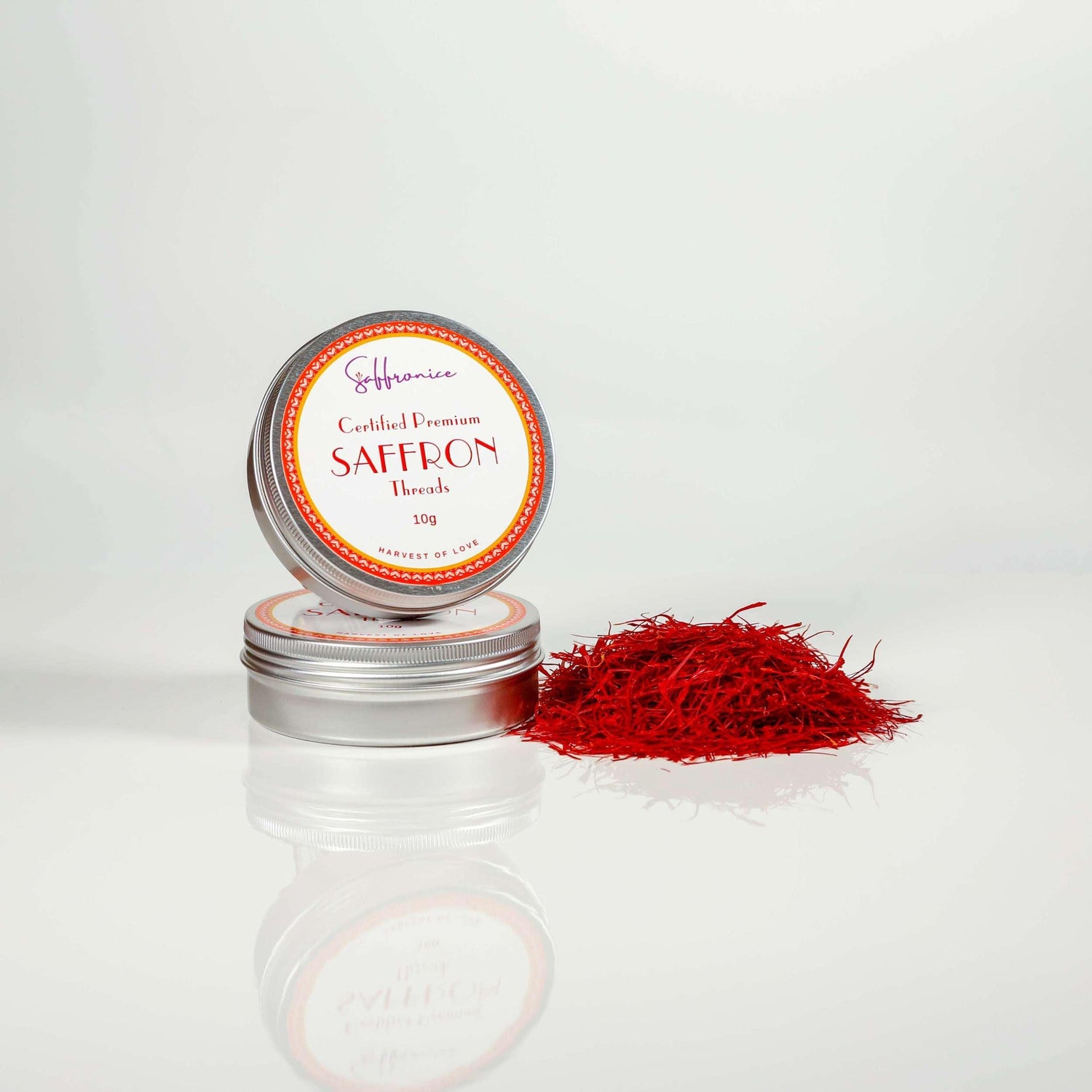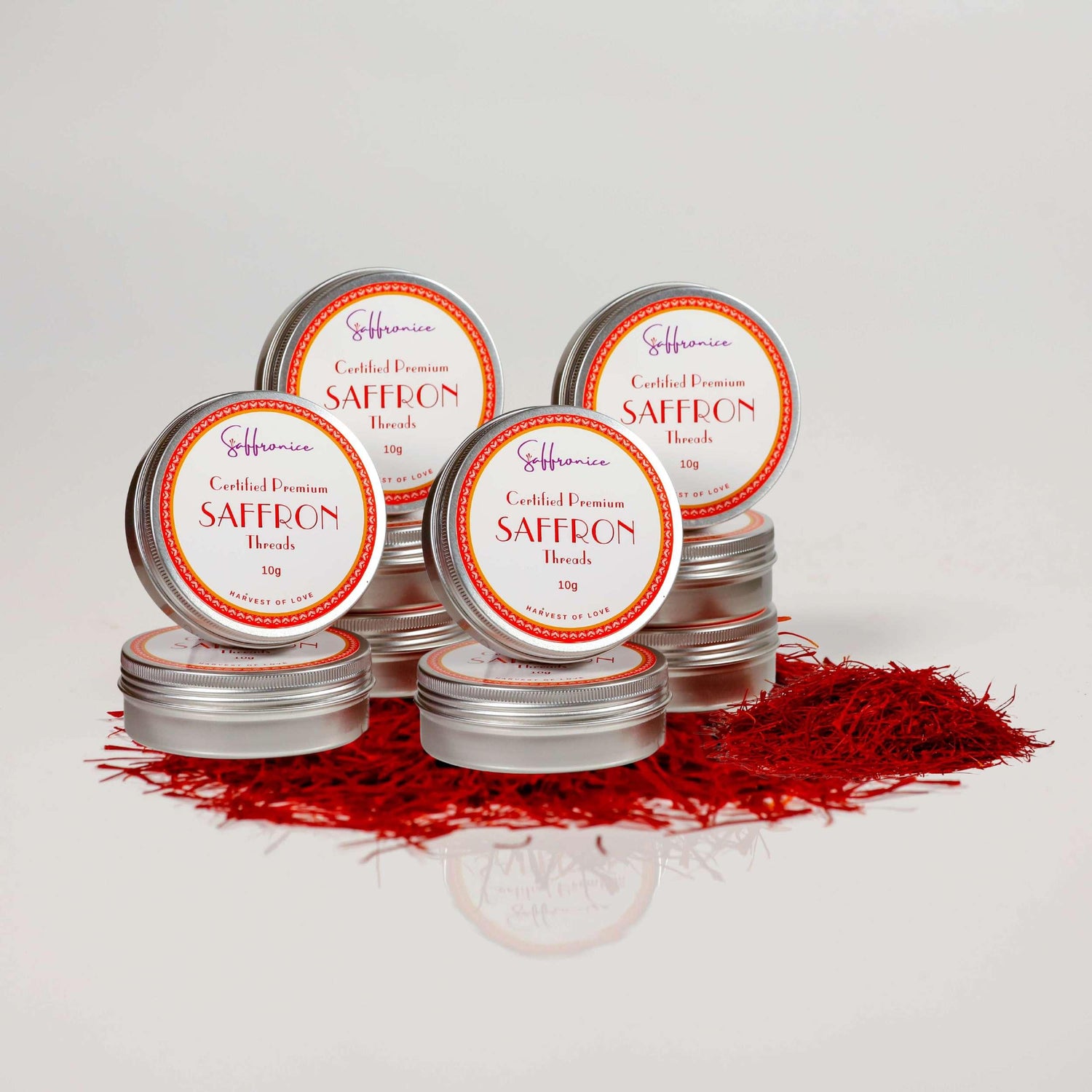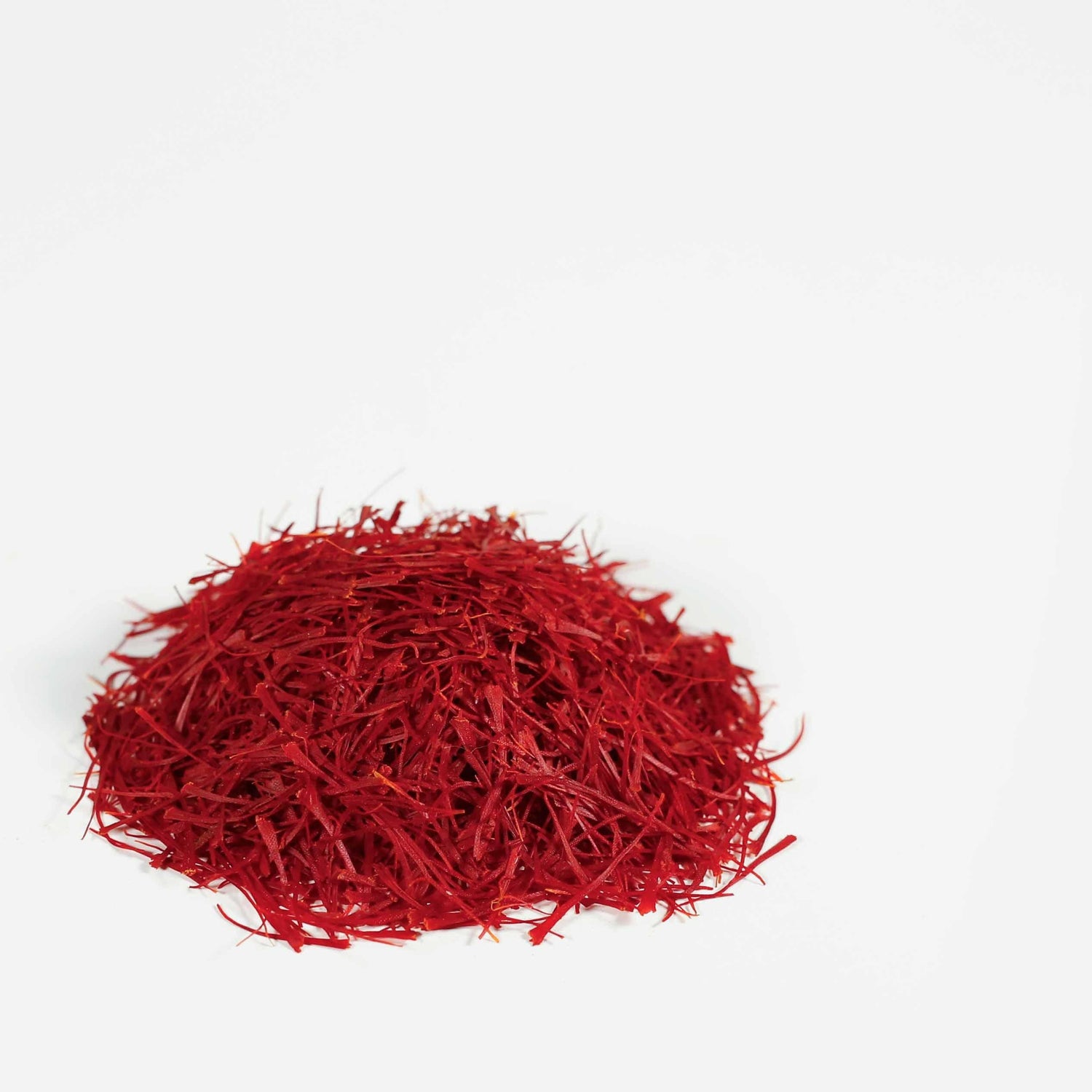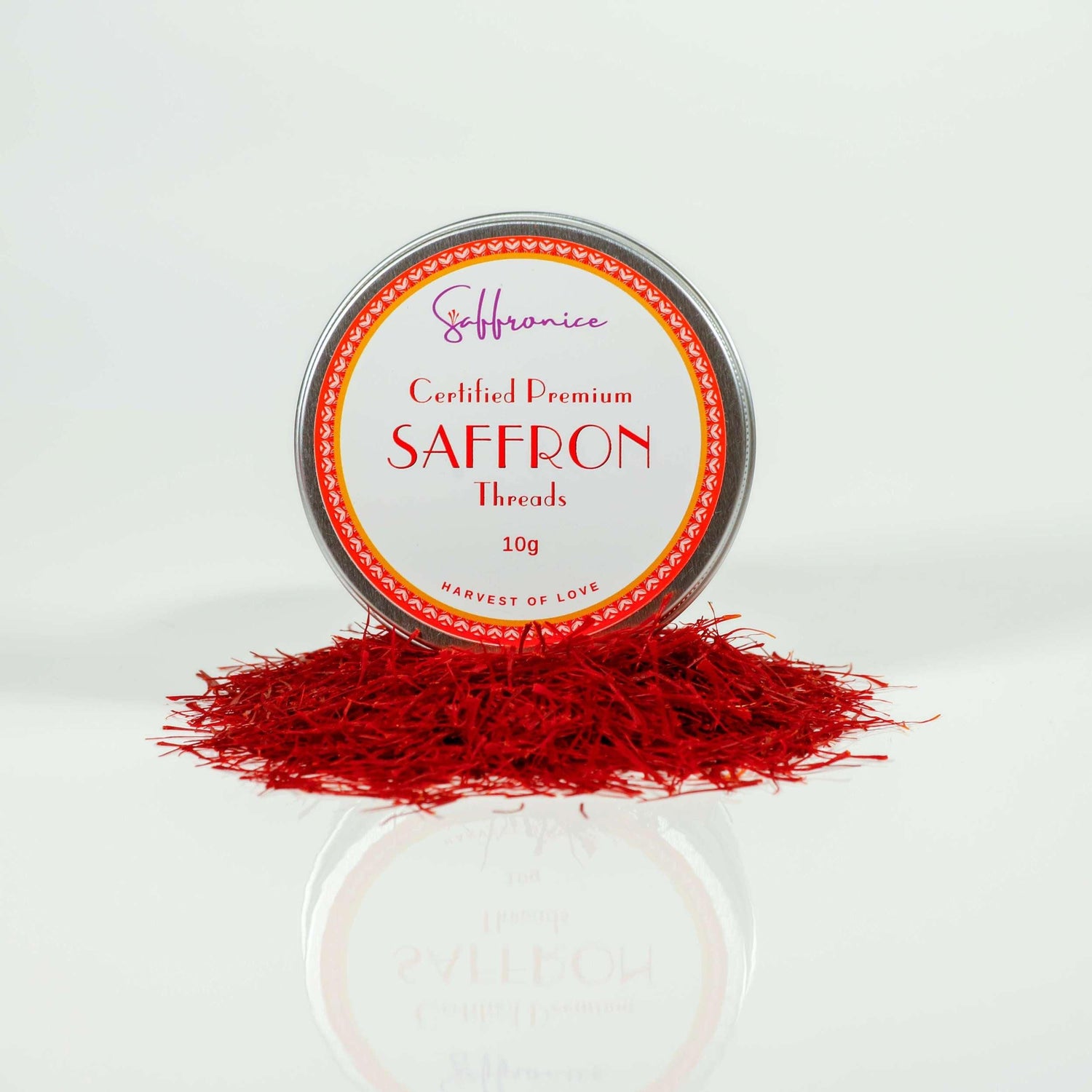
Saffron is a highly prized spice derived from the stigmas of the Crocus sativus flower. The drying process is crucial for saffron production as it helps preserve the flavor, aroma, and color of the spice. Here's an explanation of the traditional saffron drying process:
The five steps to drying Saffron
-
Harvesting: Saffron flowers bloom for a short period, typically in the autumn season. Farmers carefully handpick the flowers early in the morning when they are fully open, as this is when the stigmas are most receptive.
-
Separation: After harvesting, the stigmas, also known as threads, need to be separated from the rest of the flower. This is usually done manually, where the bright red-orange threads are plucked from the flower using tweezers or by hand.
-
Pre-drying: Before the actual drying process, the freshly harvested saffron threads are often pre-dried to remove excess moisture. This step helps prevent the growth of mold or bacteria during the subsequent drying process. Pre-drying can be achieved by placing the threads on absorbent materials such as paper towels or unglazed ceramic plates for a few hours.
-
Drying: The main drying process involves desiccating the saffron threads until they reach the desired moisture content. Traditionally, this is accomplished by carefully spreading the threads on a large flat surface, such as a sieve, tray, or screen. The drying method can vary depending on the climatic conditions and the traditions of the region. Commonly, saffron is dried in a dark, well-ventilated area away from direct sunlight.
a. Natural air drying: In areas with a dry climate, saffron threads are spread out on the drying surface and left to dry naturally. Gentle air circulation aids in the moisture evaporation process. This method can take several days to a couple of weeks, depending on environmental conditions.
b. Artificial drying: In regions with higher humidity or during unfavorable weather conditions, artificial methods may be employed. This can involve using low-temperature ovens or dehydrators specifically designed for saffron drying. These methods provide controlled heat and air circulation to speed up the drying process while maintaining the quality of the saffron.
-
Final processing: Once the saffron threads have reached the desired moisture level, they are carefully collected and stored in airtight containers away from light and moisture. Proper storage helps preserve the quality of saffron for an extended period.
It's worth noting that modern saffron production may involve more advanced drying techniques to improve efficiency and consistency. However, the fundamental goal remains the same—to remove moisture from the saffron threads while preserving their unique flavor, aroma, and vibrant color.


